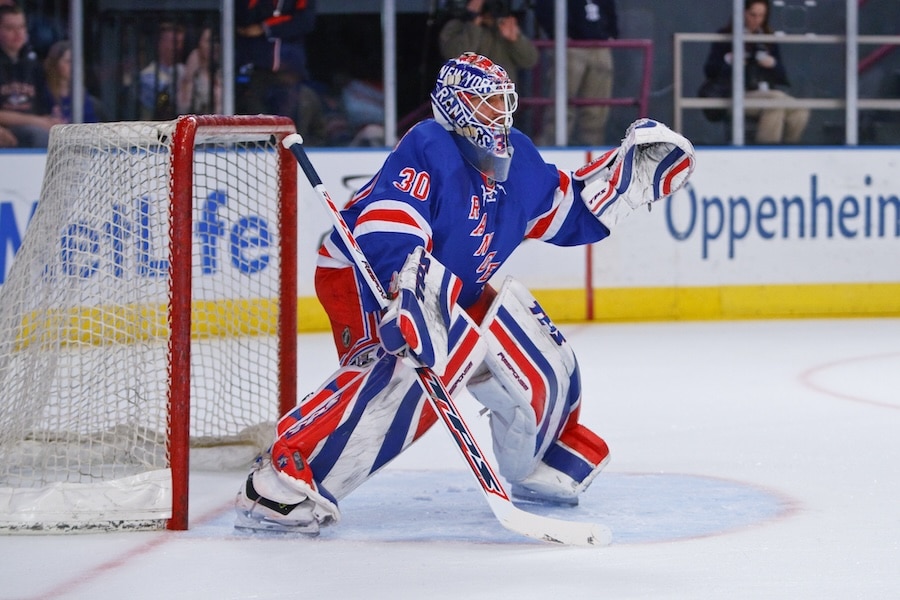A typical ice hockey game lasts about 60 minutes. But there’s more to it than that.
Ice hockey is a thrilling sport with fast-paced action. Understanding the duration of a game helps fans and players alike. The game is divided into three periods, each lasting 20 minutes. But, the clock stops for various reasons, making the actual time spent at the rink longer.
Breaks between periods and possible overtime also add to the total time. Whether you’re new to the sport or a seasoned fan, knowing these details can enhance your experience. Stay with us as we delve into the factors that influence the length of an ice hockey game.
Standard Game Duration
Understanding the standard game duration of an ice hockey match is crucial for fans and players alike. Ice hockey games have a structured timeline and set periods. This ensures the game is fair and exciting.
Regulation Time
The regulation time for a professional ice hockey game is 60 minutes. This time is divided into three periods of 20 minutes each. There are also breaks and stoppages, which can extend the total duration of the event.
Periods Structure
The game consists of three main periods:
- First Period: The first 20 minutes of play.
- Second Period: The next 20 minutes after the first intermission.
- Third Period: The final 20 minutes of regulation time.
Between each period, there is a 15-minute intermission. This break allows players to rest and strategize. If the game is tied after three periods, it can go into overtime.
| Period | Duration | Intermission |
|---|---|---|
| First Period | 20 minutes | 15 minutes |
| Second Period | 20 minutes | 15 minutes |
| Third Period | 20 minutes | N/A |
Sometimes, games go into overtime to determine a winner. Overtime usually lasts 5 minutes in regular season games. If no team scores during overtime, the game may be decided by a shootout.

Credit: www.anuevayork.com
Overtime Rules
Overtime rules in ice hockey are crucial. They determine how the game continues after a tied score. Different rules apply to regular season games and playoff games. Understanding these rules helps fans and players know what to expect.
Regular Season Overtime
In the regular season, overtime lasts five minutes. Teams play with three skaters each. This format creates more scoring chances. If no team scores, the game goes to a shootout. Each team gets three shots. The team with the most goals wins.
Playoff Overtime
Playoff overtime is different. There is no shootout. Teams play sudden-death overtime periods. Each period is 20 minutes long. The first team to score wins the game. This can lead to multiple overtime periods. Games can last much longer than usual.
Shootout Procedure
The shootout procedure is an exciting part of ice hockey. It occurs when the game remains tied after overtime. This format is designed to determine a winner in a thrilling and fair manner. Let’s dive into its format and how it impacts game length.
Shootout Format
During a shootout, each team selects three players. These players take turns attempting to score on the opposing goalie. The team with the most goals after these rounds wins. If still tied, the shootout moves to a sudden-death format.
In the sudden-death rounds, one player from each team continues to shoot until one scores and the other doesn’t. This can create intense, edge-of-your-seat moments for fans and players alike.
Impact On Game Length
A shootout adds to the overall game length. Each shootout attempt takes around 30 seconds. With three initial rounds per team, the minimum additional time is about three minutes. Sudden-death rounds can extend this further.
Shootouts ensure a definitive result without excessively extending the game. They provide a quick and fair conclusion. Fans enjoy the excitement, and it keeps the game within a reasonable duration.

Credit: viajesnuevayork.com
Intermission Length
Understanding the intermission length in ice hockey games can enhance your viewing experience. These breaks offer a chance to relax and enjoy various activities. Intermissions are an essential part of the game structure.
Duration Of Intermissions
Intermissions in ice hockey usually last about 15 to 20 minutes. This time frame allows players to rest and prepare for the next period. It also gives fans a short break.
Activities During Intermissions
During intermissions, fans can enjoy several activities. Many arenas offer entertainment like mini-games or contests. Spectators often visit concession stands for snacks and drinks. The break is also a great time to use restroom facilities.
Teams might show highlights or replay exciting moments on the big screen. This keeps the crowd engaged and entertained. Fans can also catch up on game analysis and stats.
Factors Affecting Game Length
Understanding the length of an ice hockey game involves considering various factors. These elements can extend or shorten the playtime. Each game might last longer than the standard duration due to specific reasons. Let’s explore these factors in detail.
Penalties And Stoppages
Penalties play a significant role in game length. When a player commits a foul, referees stop the game. They assess the situation and assign penalties. This process takes time. During these stoppages, players regroup and strategize. This can extend the overall game duration.
Stoppages also occur for other reasons. Injuries, equipment issues, or disputes can halt the game. Each of these breaks adds to the total game time. The more stoppages, the longer the game lasts.
Television Timeouts
Television timeouts impact the length of a game. Broadcasters schedule these breaks for commercials. Each timeout lasts around two minutes. Multiple timeouts occur during a game. This extends the total duration.
These breaks are essential for advertisers. They also give players a chance to rest. While necessary, they add extra minutes to the game. Fans must consider these pauses when estimating game length.

Credit: www.youtube.com
Frequently Asked Questions
How Long Does An Ice Hockey Game Last?
An ice hockey game lasts 60 minutes. It is divided into three 20-minute periods.
How Many Periods Are In An Ice Hockey Game?
An ice hockey game has three periods. Each period lasts 20 minutes.
What Happens If A Hockey Game Is Tied?
If tied, the game goes to overtime. This is usually a 5-minute period.
How Long Is The Intermission In Hockey?
Intermissions in hockey are 15 minutes long. There are two intermissions in a game.
How Long Is A Hockey Game With Intermissions?
With intermissions, a hockey game lasts around 2 hours. This includes breaks and stoppages.
What Is The Duration Of Overtime In Hockey?
Overtime in hockey lasts 5 minutes. If still tied, it goes to a shootout.
How Long Is A Hockey Game On Tv?
A hockey game on TV takes about 2. 5 hours. This includes commercials and breaks.
How Long Is A Youth Hockey Game?
Youth hockey games last 36 to 60 minutes. The time depends on the age group and league.
Are There Breaks Between Hockey Periods?
Yes, there are breaks. Two intermissions, each lasting 15 minutes, occur between the periods.
Conclusion
Hockey games offer excitement and fast-paced action. Each match typically lasts about 60 minutes. Including stoppages and breaks, it extends to roughly two hours. Understanding game duration helps in planning your time. Enjoy the thrilling experience of ice hockey. The game’s length ensures an engaging watch.
Now, you’re ready to catch a match with confidence. Enjoy every moment on the ice!



